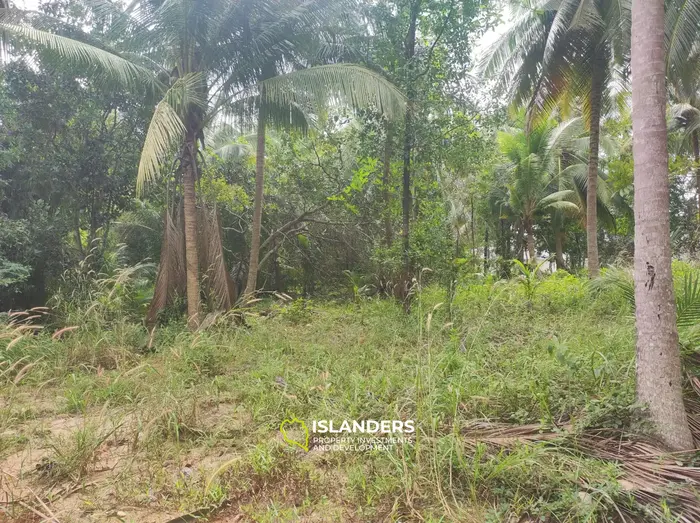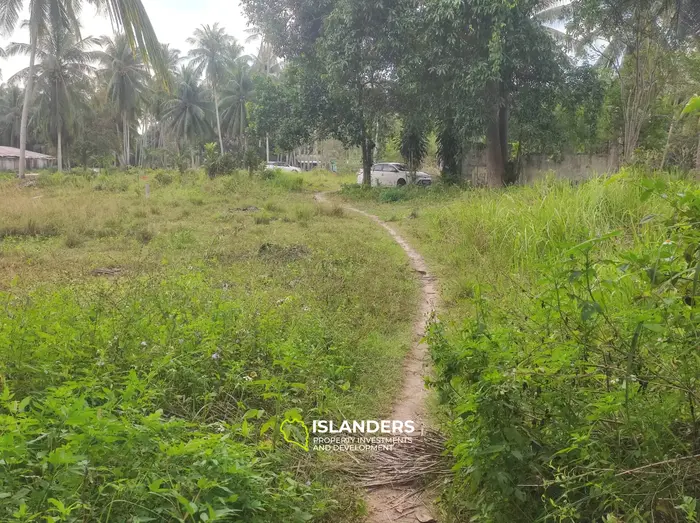How to safely collect and convey water on sloped terrain: surface and subsurface drainage, interceptors, retaining-wall drainage, energy dissipation at outlets, common mistakes, and maintenance. Applicable to hillside homes, terraced landscapes, and sloped driveways.
1) Diagnostics: where water comes from
- Up-slope inflow: runoff from higher ground/roads.
- On-site rainfall: roofs, paving, exposed soil.
- Subsurface sources: springs, seasonal high groundwater, perched lenses.
- Neighbor flows: adjacent storm lines, overflows in ditches.
2) Core principles on slopes
- Intercept up-slope water before it enters the site.
- Give water short, durable paths via lined channels or drains.
- Separate clean/dirty flows (roof ≠ driveway/soil).
- Dissipate energy at every drop/outfall.
- Provide redundancy in case of blockage.
3) Surface drainage: channels, swales, rills
Linear channels & slot drains
- In front of gates/garage/ramps use a grated trench drain.
- Grating load class for traffic: A15…C250.
- Longitudinal slopes: 0.5–2% (5–20 mm/m); set with laser levels.
Swales & roadside ditches
- V- or trapezoidal sections; reinforce with turf/geocells where needed.
- Install check dams every 10–20 m on steeper runs to slow flow.
Objective: quickly collect surface flows and carry them to a safe outfall without erosion.
4) Interceptor drain at the top of slope
An interceptor is a longitudinal channel/ditch at the uphill boundary that captures foreign runoff and routes it around the site.
- Align along the closing contour above work areas.
- Provide 0.5–1.5% slope; add silt traps/inspection points every 15–25 m.
- Stabilise with concrete/polymer concrete, geocells, or rock riprap.
5) Subsurface (French) drainage
A perforated pipe in a gravel envelope wrapped in geotextile. Works as a depressor for groundwater/percolation flows.
Layouts
- Perimeter — around the footprint/foundation.
- Radial — from “wet spots” to a collector.
- Cross drains — under paths/driveways.
Rules
- Invert typically 0.3–0.5 m below floor/grade beams.
- Pipe slope 0.5–1%; inspection manholes every 20–25 m and at junctions.
- Geotextile: 150–200 g/m² needle-punched; wrap as an envelope with overlaps.
- Clean gravel 16–32 mm; 200–300 mm envelope around the pipe.
6) Retaining walls and terrace drainage
- Toe drain — perforated pipe at or near footing level to a sump/outfall.
- Filter zone — gravel + geotextile behind the wall across the backfill height.
- Weep holes at 1.5–2.5 m spacing with screens to block debris.
- Positive waterproofing on back face + protection board/membrane.
7) Outfalls, infiltration & energy dissipation
Where to discharge
- Existing roadside ditch (with permission).
- Soakaway pits/fields (only with permeable soils and low groundwater).
- Municipal storm system (where available).
How to dissipate energy
- Stepped channels, rock riprap, gabions.
- Energy-dissipating chambers or spreaders at the outlet.
- Check dams along the receiving swale below the outfall.
Goal: reduce velocities and prevent scour/instability.
8) Materials & details
| Element | Recommended | Why |
|---|---|---|
| Pipes | Perforated HDPE/PVC Ø110–160 mm; smooth-bore for collectors | Capacity and ease of cleaning |
| Geotextile | 150–200 g/m² needle-punched | Separates soil; prevents clogging |
| Gravel | Clean 16–32 mm | Filtration and void ratio |
| Channels | Concrete/polymer concrete, class A15–C250 | Durability & load rating |
| Manholes | PP shafts Ø400–600 mm with silt baskets | Inspection & maintenance |
9) Basic sizing: slopes & capacity
- Slopes: channels/pipes 0.5–2% depending on roughness and run length.
- Runoff estimate: Q = i × A × C, where i = rainfall intensity (L/s·ha), A = catchment area, C = runoff coefficient.
- Diameters: Ø110–160 mm is often adequate for private sites at ≥0.5% slope and branch flows ≤ 5–10 L/s.
- Flow separation: keep clean roof water in a separate, smaller-C system.
10) Typical mistakes
- No up-slope interception — entire burden hits the yard/drive.
- Mixing clean and dirty flows — rapid silting of the whole system.
- Insufficient slope/backfall — standing water and odours.
- No geotextile around drains — fast clogging.
- No energy dissipation at outfalls — scour or undermining of walls.
- Too few inspection points — impossible to clean without excavation.
11) Maintenance & inspections
- Inspect after heavy storms and at the start of the rainy season.
- Clean silt baskets/grates every 1–3 months in wet season.
- Jet-clean Ø110–160 mm drains via manholes every 1–2 years.
- Check retaining-wall weeps for blockage.
- Replenish rock aprons/riprap at outfalls as needed.
12) Mini case studies
House on 18–22% slope
- Top-of-slope interceptor + swale with check dams.
- Linear trench drains at the ramp and along a retaining wall.
- Perimeter French drain + weep holes in the wall.
- Outfall to a soakaway with a dispersal head.
Sloped driveway
- V-ditch along the drive; cross-drains every 12–15 m.
- Catch channel at the garage threshold.
- Geocell/stabilised base in scour-prone zones.
FAQ
Which is more important on a slope: surface or subsurface drainage?
Start with surface drainage to shave peak flows and prevent erosion. Add subsurface drains where percolation/groundwater is an issue or to protect foundations/retaining walls.
Can roof and driveway water share the same pipe?
Prefer not. “Dirty” flows carry sediment and clog the system fast. Keep roof water on a separate, clean circuit to the outfall.
What if there’s no accessible lower outfall?
Use infiltration (pits/fields) where soils allow and groundwater is low, or build a cascade of dissipators and spreaders down to an agreed ditch/swale.
How often should the system be cleaned?
Grates and silt baskets: monthly in rainy season. Drains: jet-clean every 1–2 years. Weeps: inspect after major storms.
Do I need geotextile around the French drain?
Yes. A 150–200 g/m² needle-punched fabric wrapped “envelope style” with 15–20 cm overlaps prevents silting and extends service life.
Further reading
Need a drainage scheme for your slope?
We’ll map catchments, select interceptors, size slopes/diameters, and design outfalls with energy dissipation tailored to your site. Contact us






